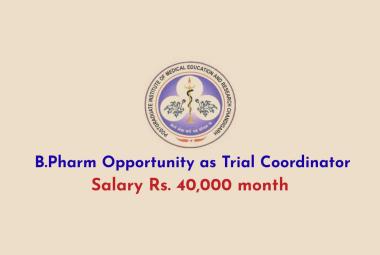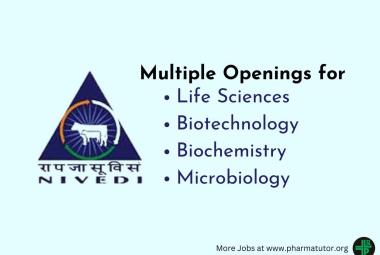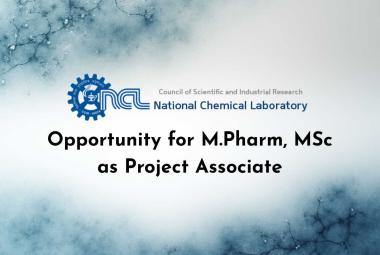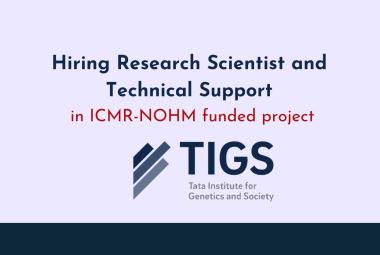AN OVERVIEW ON POLYMERIC NANOPARTICLESUSED IN THE TREATMENT OF DIABETES MELLITUS
{ DOWNLOAD AS PDF }
ABOUT AUTHORS
K.GOPALASATHEESKUMAR1*, S.KOMALA2 AND M.MAHALAKSHMI2
1KMCH college of Pharmacy, Kovai Estate, Kalapatti Road, Coimbatore-641048, Tamil Nadu, India.
2Jaya College of Paramedical sciences, College of Pharmacy, Thiruninravur, Chennai – 602024, Tamil Nadu, India.
*gskpungai@gmail.com
ABSTRACT
The review was carried out to discuss in detail about the polymeric nanoparticles for diabetic treatment. The diabetes is the chronic metabolic disorder characterized by the deficiency of insulin production. The various treatments are available for the diabetes and the nanoparticles are having the several advantages. The various types of nanoparticles are available for the anti-diabetic drugs; the polymeric nanoparticles are the one of the most commonly used nanoparticles. The polymeric nanoparticles are commonly 10-1000nm in size. The polymeric nanoparticles are formulated by drug with the polymers. The main advantages of the polymeric nanoparticles are the simplest preparation method, targeted delivery, the minimizing of the dose and high therapeutic efficiency. In this review was mainly can be focused on advantages, disadvantages of polymeric nanoparticles, various polymers, various formulation techniques, diabetes disease profile, insulin production, various anti-diabetic drugs and the polymeric nanoparticle formulation of anti-diabetic drugs.



 ABOUT AUTHORS
ABOUT AUTHORS ABOUT AUTHORS
ABOUT AUTHORS ABOUT AUTHORS
ABOUT AUTHORS





